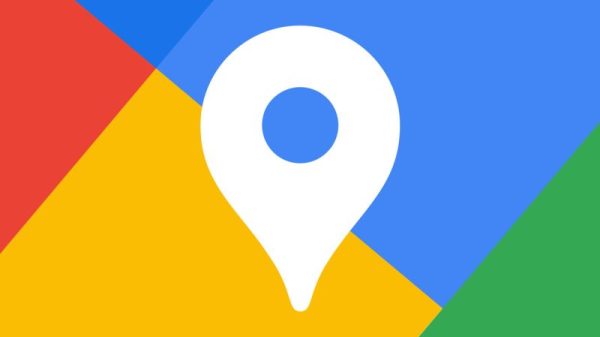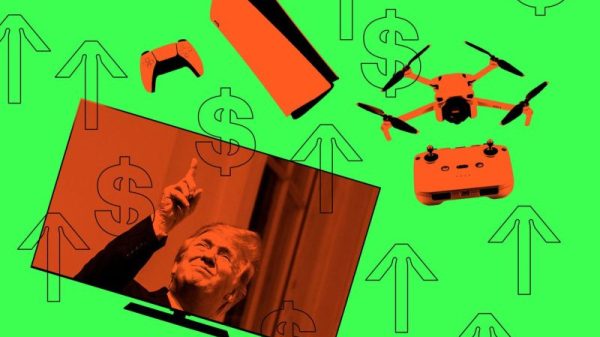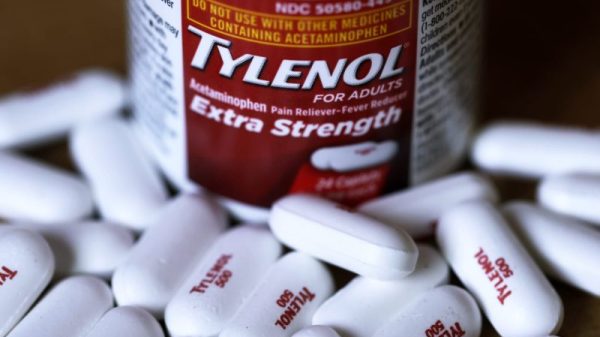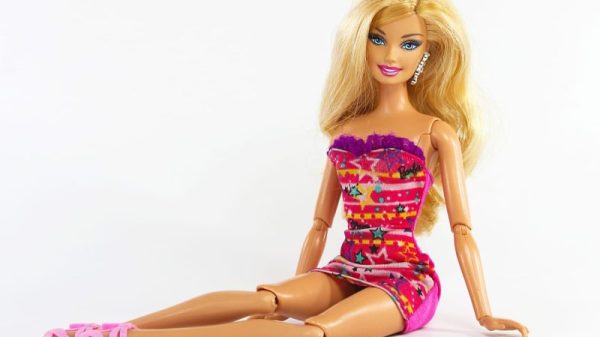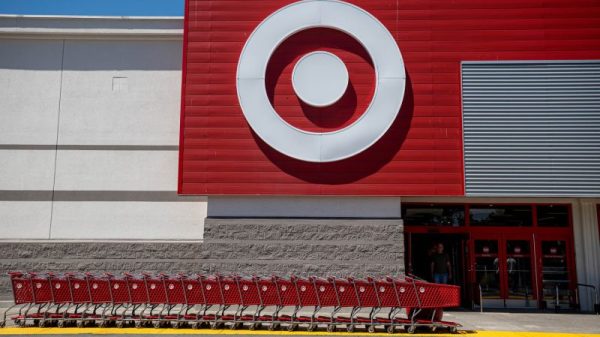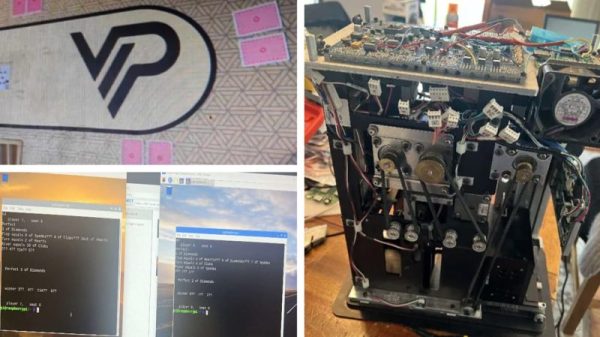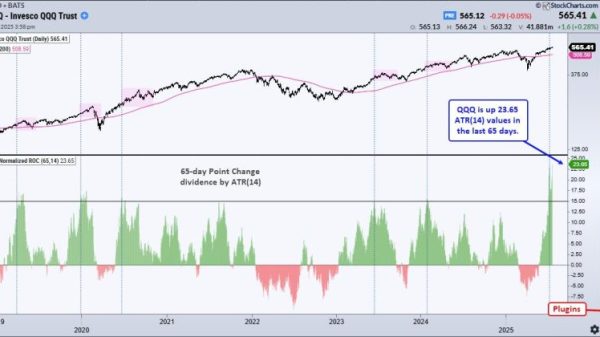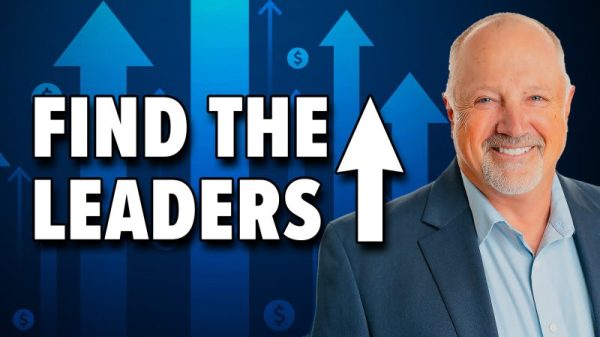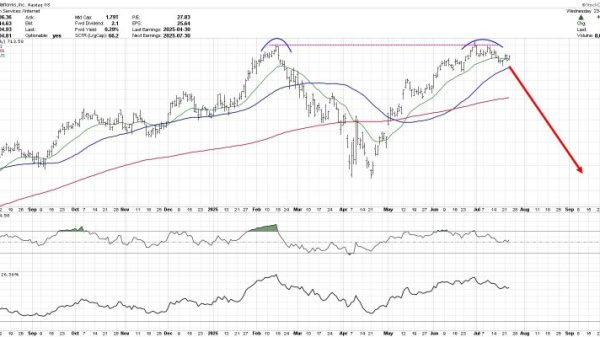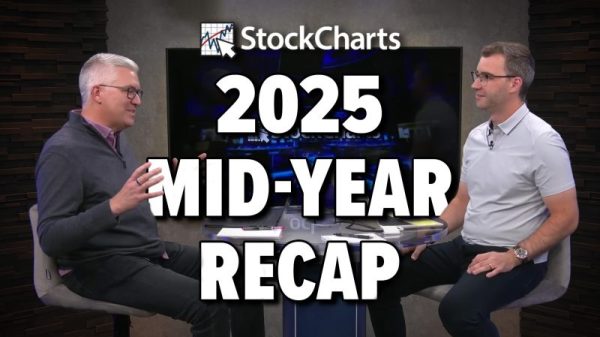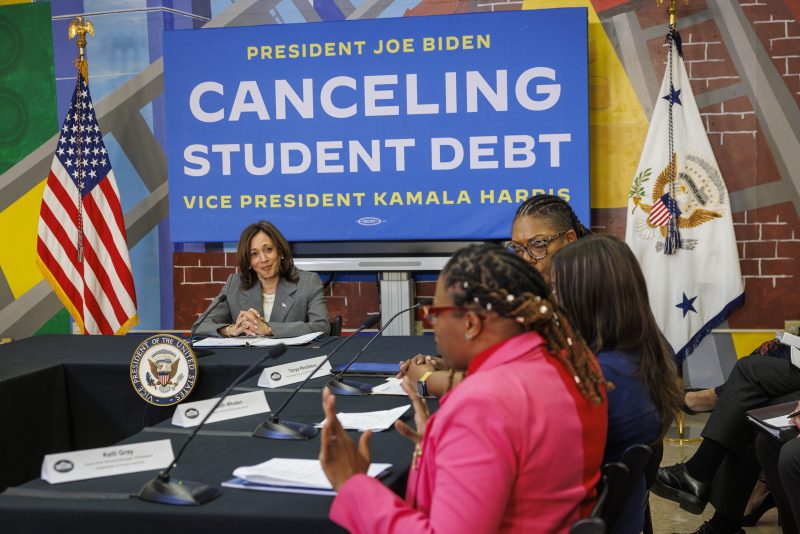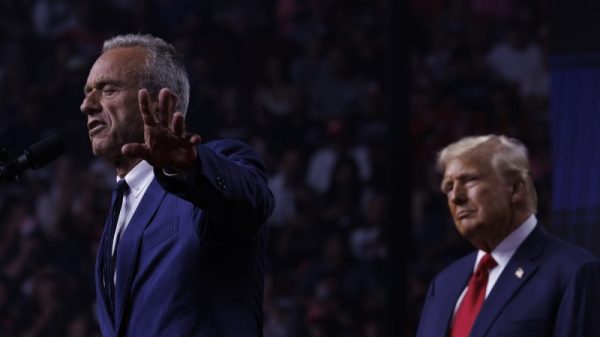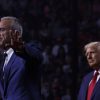Few things are as core to our political debates these days as whataboutism and charges of hypocrisy. It’s much easier to accuse the other side of ceding the moral high ground than to defend your own policies and actions. And there’s a place for that kind of turnabout play — when the evidence is compelling.
The evidence is less than compelling when it comes to comparisons between President Biden’s student-loan forgiveness and the Paycheck Protection Program.
As Biden has rolled out plans to forgive student loans — including this week — his White House and its allies have regularly pointed to GOP critics’ acceptance of coronavirus pandemic-era PPP loans that were forgiven.
A graphic has circulated on social media this week listing more than a dozen Republicans who took out forgiven PPP loans and the amounts.
“The hypocrisy is stunning,” Biden said last year on the subject.
The hypocrisy would be more stunning if this comparison were apples to apples.
While both situations are technically about loan forgiveness, the key word there is “technically.” There are significant differences.
The main one is that the PPP money, while labeled “loans,” was really designed to be payments.
Congress and the Trump administration enacted the program in 2020 as lockdowns were taking hold across the country. The idea was to keep small businesses afloat and help them pay employees rather than lay them off. The text of the legislation said the loans were eligible for forgiveness in amounts “equal to the cost of maintaining payroll continuity,” as long as the money was used for eligible expenses.
Making the payments forgivable loans expedited the process at a particularly fraught time for the economy by allowing banks to quickly loan money with the knowledge that they would be made whole by the government.
“The idea is that taxpayers would forgive the majority of the money that was going to the workers,” Treasury Secretary Steven Mnuchin said in May 2020, adding: “But this was not designed as a loan; it was really designed as a grant.”
So there was an acknowledgment from the jump that these were effectively grants; unlike student loans, this was not about people taking on debt that they would be expected to pay back over time — and then having that burden lifted.
The other big differences are the entity lifting the burden, and why.
A reason Biden’s student-loan forgiveness attempts are so contentious is that he has tried to do it himself, through executive action, because Congress hasn’t complied with his plans. The Supreme Court last year rejected $400 billion in student loan relief because it ruled that Biden lacked the authority. So Biden has sought to work around the edges in more targeted ways that could pass legal muster, including this week.
The PPP, by contrast, was approved by Congress in the 2020 Coronavirus Aid, Relief and Economic Security (CARES) Act, which passed by overwhelming bipartisan margins. It wasn’t an administration trying to get around the will of Congress to give people a bailout.
The effective grants from the government also made sense because the government was forcing lockdowns over which the businesses had no control.
You can take issue with the high and skyrocketing cost of tuition and the practices of lenders, but student loans are debt that the borrowers entered into on their own and with the terms available. It’s one thing for Congress to bail people out to make them whole when they have been affected negatively by emergency government policy and a once-in-a-lifetime pandemic; it’s another for a president to unilaterally cut a break to people who entered into something of their own volition and benefited from it (in the form of education).
Biden might have the power to do that. The question is whether it’s good policy. Congress hasn’t agreed that it is, and even some Democrats have questioned the wisdom of the approach.
Which brings us back to the talking points.
To the extent the argument is that Republicans are somewhat selective about their fiscal conservatism, that’s one thing. The nearly $800 billion PPP was about double the $400 billion Biden student debt-relief plan that the Supreme Court struck down last year. And Biden’s most recent plan totals a relatively paltry $7.4 billion, bringing the total, more-targeted debt forgiveness by his administration to around $150 billion.
The question from there is which kinds of bailouts you think are good policy and which aren’t; as noted, there are some important differences in the mechanics. Republicans would argue that propping up the economy then was a much better excuse than helping student-loan recipients now.
But if the argument or even the unstated suggestion is that Republicans have flip-flopped on loan forgiveness as a policy — and have taken it for themselves while withholding it from student-loan recipients — that’s taking some real liberties.

